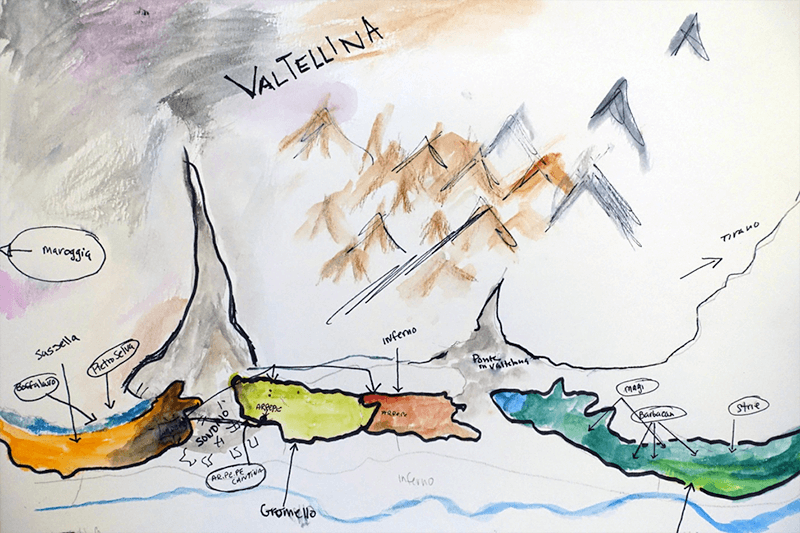Valtellina, Part 2

During the quarantine, I hunted the city for all the bottlings I could find of Barbacan. Having walked the vineyards and having learned how they coddle thirty different strains of chiavennasca in their own nursery because, “We need a big family of brothers and sisters for chiavennasca,” they were stuck on my brain. With plenty of time on my hands in the quiet, I wanted to sit home and ponder if that was Valtellina’s secret sauce. At this point there’s no Ivario or Rolando equivalent in the area—meaning those who work sulfur-free. To my knowledge, they do the lowest additions in the ‘hood. And therefore, not the most classic, but the most transparent. That’s why there was a lot to think about when drinking the wines, especially as recent studies suggest that Valtellina and not Langhe is the birthplace of nebbiolo. True or not, with its altitude and rocky soils, with its sunshine but more temperate climate it in a more prime position to withstand the ravages of climate change heat. When Barolo and Barbaresco alcohol goes high, Valtellina stays low. Sure the Alpine conditions help, but so does the diversity. It always does.